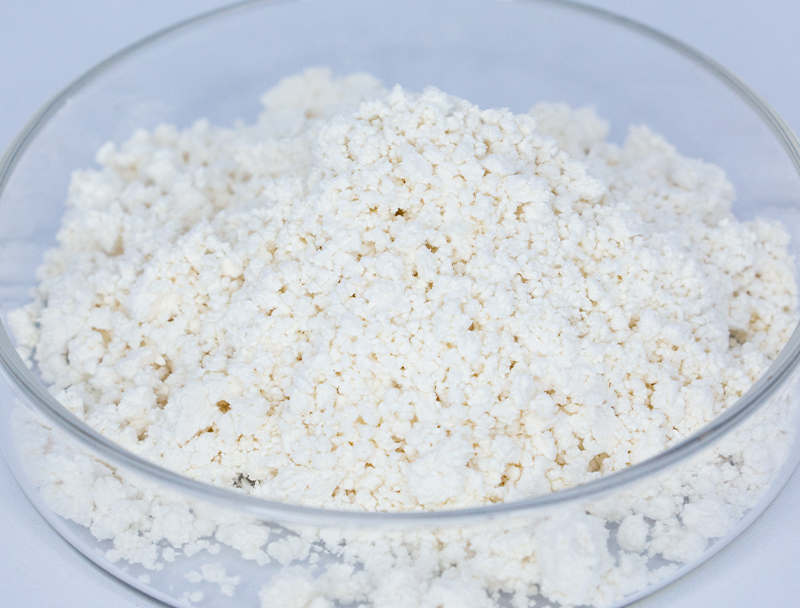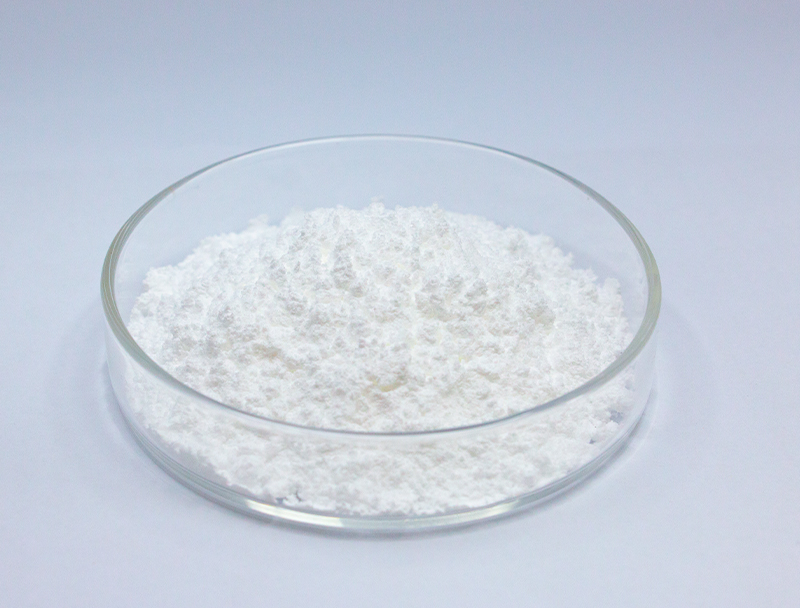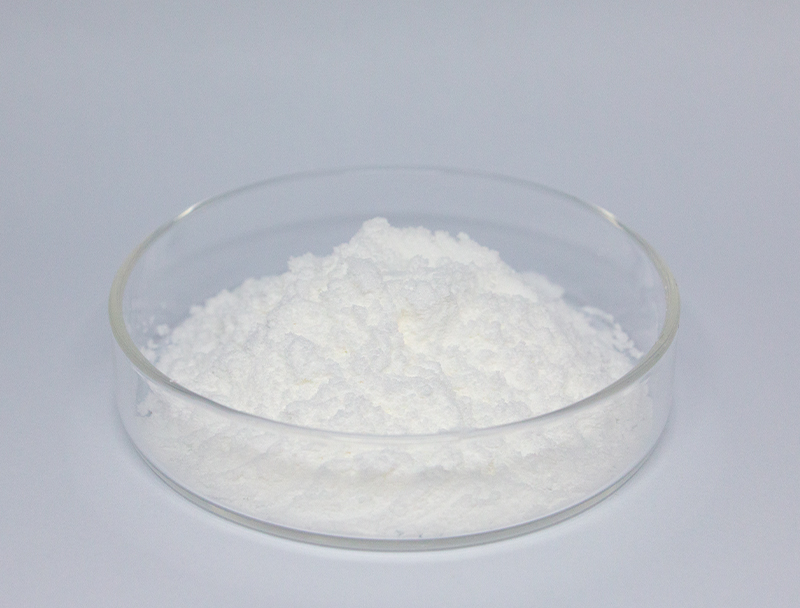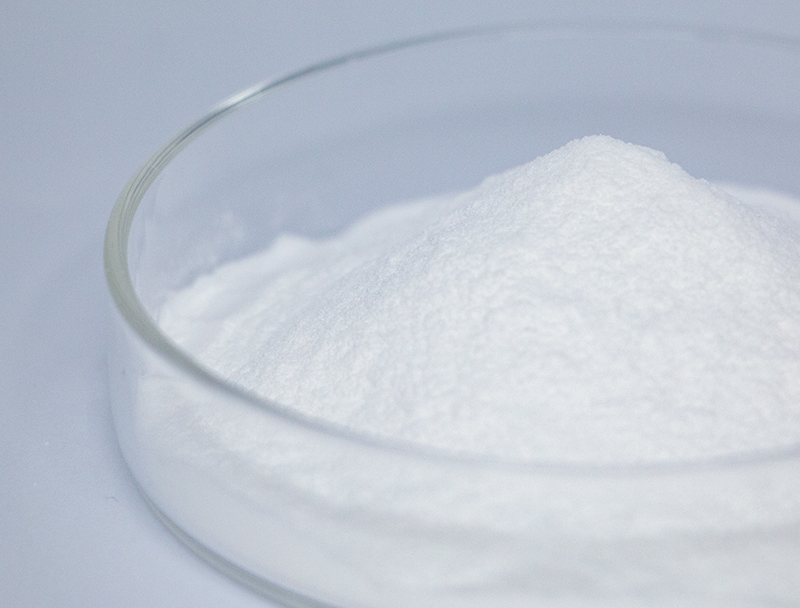
Cell-based production leans heavily upon a wide assortment of starting materials to produce innovative bio-based products.
Preserving sustainably sourced materials is indispensable to sustainable success and conscientious scaling.
diverse obstacles inherent in legacy sourcing approaches including environmental degradation and exploitation of natural resources. Accordingly, manufacturers should embrace green sourcing tactics to shrink their ecological impacts.
- Cases of responsible feedstock strategies feature:
- Adopting organic-origin materials from crop remnants
- Installing reclamation workflows to diminish waste and heighten recovery
- Teaming up with provincial partners who practice sustainable procurement
Shifting to ethical sourcing drives environmental value and long-term commercial viability.
Improving Biomass Inputs to Boost Biofuel Yields
Boosting conversion rates requires high-quality and well-characterized biomass. Analysts tirelessly probe advances to elevate feedstock conversion, facilitating elevated yields and a renewable energy transition. Programs combine genetic improvement for biomass productivity with conversion technologies to access fermentable substrates.
- Concurrently, efforts examine seaweed, industrial byproducts, and crop residues to increase the variety of renewable feedstock alternatives for fuel production.
- Through these continuous efforts, the field of biofuel production is poised to make significant progress in the coming years, paving the way for a more renewable energy landscape.

Optimizing Early-Stage Biomanufacturing Processes
involves foundational activities from cultivation to biomass harvest Contemporary breakthroughs have refined protocols and elevated product throughput.
Meaningful breakthroughs include engineered cell strains, enhanced culture formulations, and modular reactor designs. These strategies improve manufacturing efficiency and lessen cost and ecological effects.
- Also, evolving practices favor continuous flow processing which supports more agile upstream control.
- Transitioning to refined production methods has the potential to overhaul the industry and expedite new treatments.

Genetic Engineering Innovations for Higher Therapeutic Yields
improvements in molecular editing platforms like CRISPR have updated therapeutic production processes. Through focused genomic edits within host strains, scientists increase expression of desired therapeutic proteins. This approach holds immense potential for developing more efficient and affordable biopharmaceuticals to address a wide range of diseases.
Biodegradation Strategies Using Targeted Microbial Cultures
innovative solutions for sustainable bioremediation, a critical process for addressing environmental pollution. Various microbial strains are capable of breaking down toxins into safer constituents.. Utilizing microbial metabolism supports eco-friendly site cleanup methods that limit secondary harm from remediation.. Scientists evaluate varied microbes for potential to remediate metal contaminants, pesticide compounds, and oil-derived pollutants.. These microbes operate in engineered systems or direct environmental applications to metabolize and remove contaminants.
Microbial remediation approaches present key benefits relative to classic remediation methods. This route is often more affordable and reduces the formation of toxic residues. Furthermore, microbial solutions are highly specific, allowing for the remediation of particular pollutants without disrupting the broader ecosystem. Research progresses swiftly to enhance microbial remediation efficiency and practical effectiveness.
Leveraging Bioinformatics for Novel Therapeutics
Data-driven bioinformatics is critical for modern pharmaceutical innovation. From identifying potential drug candidates to optimizing their efficacy and safety, bioinformatics enables a more efficient and data-driven approach.
- By interrogating large-scale omics and clinical information, scientists find new targets and predict candidate efficacy.
- Similarly, modeling drug–target interactions streamlines design of compounds with better efficacy and selectivity.
- To conclude, computational approaches are revolutionizing discovery and reducing time-to-patient for effective drugs.
Synthetic Biology Routes for Elevated Bioproduct Synthesis
uses diverse methods to increase biosynthesis of target bioproducts in organisms. Options include metabolic rerouting via gene edits, expression tuning through regulatory control, and incorporation of foreign enzymes to expand function.. By fine-tuning these processes, engineers can significantly increase the yield of desired bioproducts.
The multifaceted strategy promises to reshape sectors like biotech, agritech, and renewable fuel industries.

Scale-Up Challenges and Prospects for Biopharmaceuticals
Industrial-scale production introduces demanding hurdles as well as strategic advantages. A primary obstacle is ensuring uniform quality control as volumes rise. Resolving it depends on rigorous control strategies, precise instrumentation, and comprehensive analytics.

Process intricacy spanning various stages creates significant scale-up complexities.. Translating lab methods into scalable operations needs heavy research and technology breakthroughs.. Despite challenges, the benefits may be considerable. Skilled scaling can enlarge supply, lower prices, and increase profit potential.
Challenges are being addressed through a number of initiatives. Efforts include process-digitization tools, integrated analytics for monitoring, and fresh manufacturing paradigms.
- Product development and process R&D are pivotal to boosting production capabilities.
- Regulatory frameworks are being optimized to accommodate novel production technologies and promote innovation.
Aligning Biomanufacturing with Regulatory Standards for Patient Safety
Producing biopharmaceuticals demands comprehensive oversight to guarantee safety and clinical effectiveness. Biologics sourced from living systems pose distinct regulatory and manufacturing complexities versus small-molecule drugs.
Institutions such as the U.S. FDA and European EMA lead in formulating regulations and benchmarks for biologic approvals..
Meticulous validation protocols are enforced from preclinical L-arginine-α-ketoglutaric acid validation to long-term post-market evaluation.. These measures aim to identify potential risks and guarantee that biopharmaceuticals meet the highest levels of safety..
Furthermore, regulatory bodies are constantly evolving their approaches to keep pace with the rapid advancements in biopharmaceutical research.. Programs embrace modern technologies and foster development speed while maintaining patient-centered safeguards.

Assessing Plant Biomass Pathways for Bioplastic Innovation
Growing emphasis on eco-conscious materials catalyzes research into plant-based options. Converting plant biomass into bioplastics offers a credible pathway to environmentally sound products. Organic feedstocks like cornstarch, cellulose, and sugarcane can be converted to compostable polymers that shrink the environmental footprint of plastics.
In addition, certain bioplastics match performance of petroplastics, enabling broad applicability in multiple sectors.. Continuous R&D will drive plant biomass into scalable bioplastic manufacture and help establish closed-loop material systems.
Biotechnology's Impact on Global Health and Food Security
Emerging biotechnologies deliver avenues to improve health outcomes and secure food resources. Through advancements in genetic engineering, synthetic biology, and cell therapies, biotechnologists are developing innovative solutions to combat infectious diseases, improve crop yields, and enhance nutritional value.. One example is bioengineered crops that withstand pests and stressors, enabling higher yields with less pesticide input.. Concurrently, biotechnology drives development of immunotherapies, antibiotics, and diagnostics that play a key role in controlling diseases and improving health metrics. Continued scientific progress suggests biotechnology will increasingly underpin healthier, more sustainable societies worldwide.
